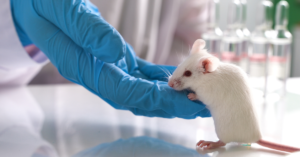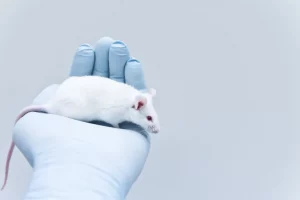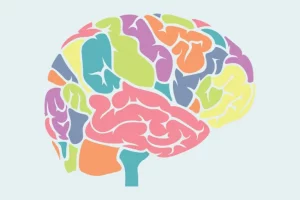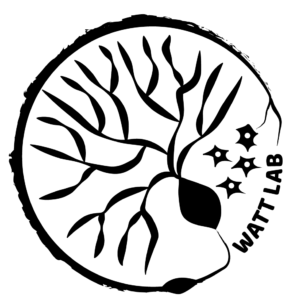
Decodificando a linguagem das células do cerebelo para entender a progressão dos sintomas na SCA3
Escrito por Dr. Ambika TewariEditado por Dr. Larissa Nitschke Traduzido por Priscila Pereira Sena A atividade anormal das células nos núcleos cerebelares profundos e das células de Purkinje correlacionam com o início precoce de sintomas motores em um modelo de camundongo de SCA3 O cerebelo tem um papel estabelecido na Read More…















